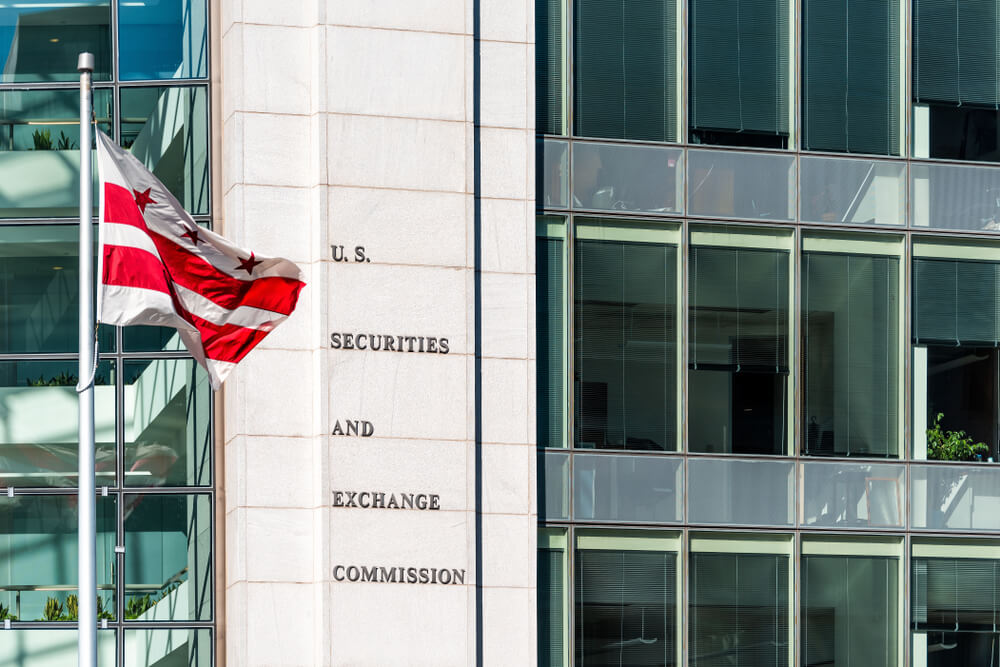A new paradigm for U.S. industrial strategy
The IRA, IIJA, and CHIPS Act iconize a new era in US green industrial strategy: a narrow definition of redressing “market failures” is giving way, on both sides of the aisle, to a more constructive vision of the public sector’s role in building an equitable and sustainable economy.
Industrial policy incorporates a wide range of carrots and sticks, including trade and procurement policies, financial and industrial regulation, and labor policies. But it is public investment that, when done well, can create a center of gravity that other policy tools can’t provide: for building infrastructure and productive capacity to deal with the climate crisis, driving equitable growth, and enhancing resilience in historically marginalized communities.
Public investment and other industrial policy tools seek to shape real-economy decisions, as well as the flows of private capital behind them. They do this, for example, by building new markets for key goods and services, lowering investment costs, and streamlining participation among the private sector through better coordination of policy incentives.
These tools work both directly and in concert with private investment: they are not substitutes. Rather, industrial policy represents a framework for public leadership of the structural transformation that can activate and be amplified by responsible and impact investors. And the lessons from responsible and impact investing can help inform good policy. For instance, while it is evident that voluntary initiatives are not sufficient to achieve systemic change, the work that private investors have done integrating ESG information and developing investment strategies to achieve important social and environmental goals both offers lessons for policymakers and signals the existence of willing private-sector counterparts striving to achieve similar goals.
But success in this new chapter of US industrial policy depends on well-developed strategies and strong, well-governed institutions. Public money alone can’t address complex issues without strategy, institutional capacity, and accountability mechanisms to ensure things stay on track. What does that design look like?
Investment is more than capital allocation
Let’s take the IRA as an example. Even the largest climate investment in history is only as good as its execution. And because of the Senate budget reconciliation process used to pass the bill, there will be challenges to overcome.
Crucially, while the IRA provides significant funding for programs, it offers less to support the building of institutions needed to deliver those funds effectively. The Greenhouse Gas Reduction Fund, for instance, allocates $27 billion dollars to green banking but does not prescribe much in the way of the governance and capacities of the institutions who will do that work.
The implementation requirements and guidance for IRA investments are currently being developed in agency rulemaking, in the EPA and elsewhere. State governments have also embarked on a wave of institutional development in response to federal legislation, including by establishing state green banks.
This IRA-related action represents a short-term opportunity for building new capacities that support equitable and inclusive climate action, but it also points to the need for a longer-term vision around the what, why, and how of U.S. industrial policy.
That depends critically on building new capacities at a greater scope and scale, including:
- Strategic planning to assess high-value opportunities, in missions that link environmental, social, and economic goals, providing a basis for:
- Public investment strategies
- Coherence between public investments and other policy areas
- Active coordination within and across agencies, and across levels of government
- Clear signals for the private sector
- Development, adoption, and oversight of standards and accountability mechanisms to ensure inclusive, democratic governance, enhancing the legitimacy and durability of strategic plans and the institutions overseeing them:
- at the project level; e.g., through robust Community Benefit Agreements
- at the program level; e.g., through best-in-class equity, labor, climate, and environmental standards, as well as corporate guardrails
- Support for community-led identification and design of investment opportunities, linked to ecosystem development—improving communities’ access to resources, technical capacities, and bankability; in other words, ‘stocking the project pipeline’
- Research functions to evaluate economic, social, and environmental impacts of industrial policy measures and socialize what is being learned
- Cross-pollination of expertise in finance and investment with that in environmental analysis, community development, labor issues, and decarbonization, etc.
From capacities to institutions
Recent years have seen a wave of public-sector institutional development, but to date these are either narrow in scope or lack staying power. For example, the Department of Commerce, which oversees the CHIPS for America Fund, leads on the Fund’s Strategy. Many new capacities are developed and exercised under this strategy, but there is little scope for cross-coordination with other policy initiatives—even those within the same Department, let alone coordination or learning opportunities with other Departments.
Acknowledging the need to foster high-level coordination across policy areas, the Biden Administration has established a number of interagency working groups, committees, and a new Invest in America cabinet comprising top US officials. Yet these are not guaranteed to survive the next election.
The emergence of a more robust strategic framework is commendable, but the need to expand its scope and scale—while strengthening its legitimacy and durability—is also clear.
This depends on moving from capacities to institutions—endowed with the right degree of independence, resource, and authority, with democratic governance embedded in their DNA.
New institutions represent a greater political challenge, but can serve as a guidepost for interim efforts. Dedicated institutions for industrial policy and public investment can
- Offer a ‘home’ for key strategic capacities to live and grow—including through the development of dedicated systems, expert staff, and institutional relationships
- Further embed democratic governance in industrial policy initiatives, for example through governing bodies that integrate workers, communities, and environmental and environmental justice advocates
- Develop and own the expertise and stakeholder trust that comes from holistic, accountable, and effective development strategies, in a manner that outlasts the political cycle: a trustworthy ‘face’ of industrial policy
- Lead on international efforts, including policy coordination and cooperative investments
Investors are critical stakeholders
The evolving role of national and local governments in economic strategies gives impact investors and social enterprises an opportunity to advance their vision in new ways. It creates new possibilities for advocacy and engagement, alongside new investment opportunities:
- Build the institutions: Together with advocacy efforts around domain-specific policies (e.g., the Community Reinvestment Act), we should also advocate for the establishment of new national and local public institutions that can lead on holistic strategies, promoting synergy and compatibility across policy areas and effective public-private interoperation.
- Shape the process: Impact investors and social enterprises can bring their experience generating, financing, and executing on ideas that solve social and environmental problems to the table, to lend insight not only to national/local strategic design, but also to the norms and standards by which strategies are developed and executed.
- Share the tools: The frameworks, metrics, financial instruments and tools, etc., developed in the impact ecosystem can also prove valuable in the context of government-led strategies. Investors can actively engage governments to promote technical capacities and practices that cross the public-private divide.
- Invest in parallel: High-level development strategies create a wide range of parallel investment opportunities where impact investors can seek an outsized impact, for example in affordable housing, transit, SME and workforce development, and child care.
The headline figures of recent legislation demonstrate a newfound political commitment to government-led industrial strategy. But harnessing this opportune moment means vesting equal attention in the ‘how’ as in the ‘how much’. That means using this critical moment, in which rules are being written, to build endurable institutional capacities, but also rethinking the ways in which public investment and other industrial policy tools can best shape markets to deliver on important environmental and social goals in the longer term.
David Wood is a senior research associate at the Social Innovation and Change Initiative at Harvard Kennedy School. He is currently working on a history of responsible investment from the 1970s to the present.
Aaron Cantrell is the executive eirector of Future Nexus, a field-building organization and consulting firm working at the intersection of finance and policy.
Melanie Brusseler is currently senior researcher in macrofinance and industrial planning at climate think-tank E3G. In collaboration with internal and external partners, she works on understanding and shaping the political economy of decarbonization investment, macro-planning, and broader economic management. On these topics, she focuses on the US, UK, Europe, and global economic and financial governance.











